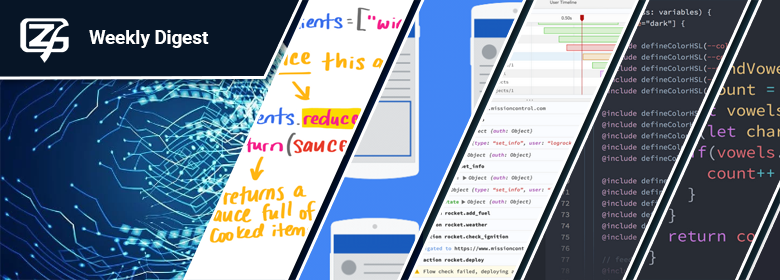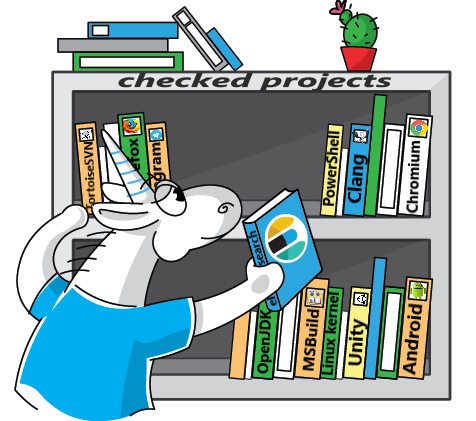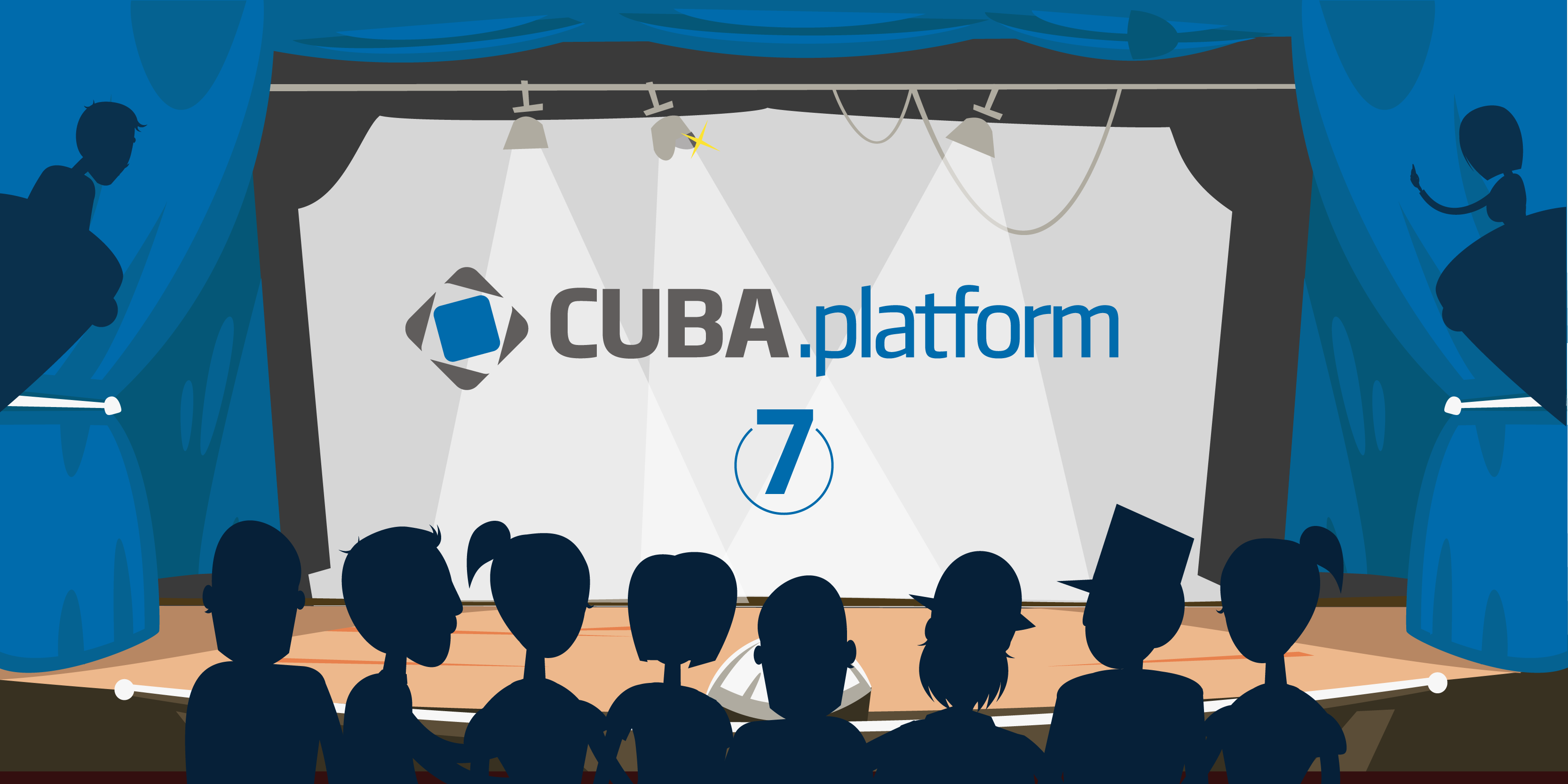Disposable pattern (Disposable Design Principle) pt.2
SafeHandle / CriticalHandle / SafeBuffer / derived types
I feel I’m going to open the Pandora’s box for you. Let’s talk about special types: SafeHandle, CriticalHandle and their derived types.
This is the last thing about the pattern of a type that gives access to an unmanaged resource. But first, let’s list everything we usually get from unmanaged world:
The first and obvious thing is handles. This may be an meaningless word for a .NET developer, but it is a very important component of the operating system world. A handle is a 32- or 64-bit number by nature. It designates an opened session of interaction with an operating system. For example, when you open a file you get a handle from the WinApi function. Then you can work with it and do Seek, Read or Write operations. Or, you may open a socket for network access. Again an operating system will pass you a handle. In .NET handles are stored as IntPtr type;
This chapter was translated from Russian jointly by author and by professional translators. You can help us with translation from Russian or English into any other language, primarily into Chinese or German.
Also, if you want thank us, the best way you can do that is to give us a star on github or to fork repositorygithub/sidristij/dotnetbook.












